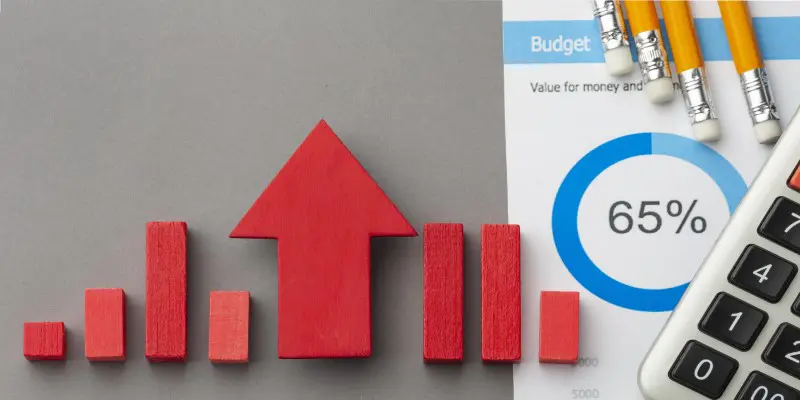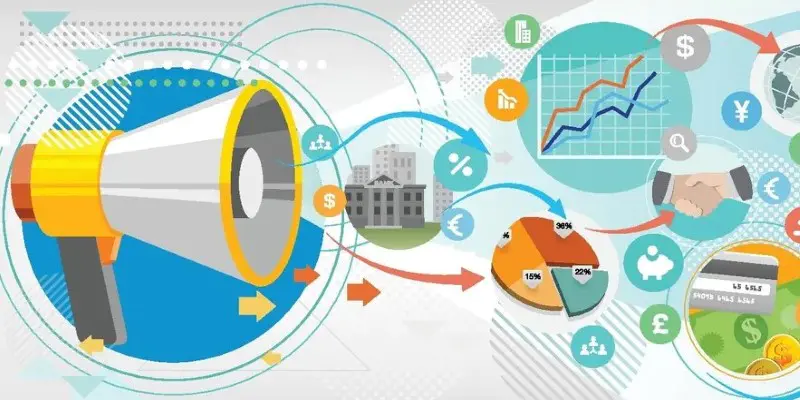Amidst the volatility of interest rates and economic uncertainty, high-return savings accounts are gaining traction as a secure and reliable investment for those looking to grow their savings. This article explores the potential annual income from investing $100,000 in such an account in 2024, considering the factors that can influence your earnings.
The potential income is affected by the bank's interest rate, the frequency of interest compounding, and the economic conditions. We will examine how these elements can shape your financial growth in today's financial landscape.
Understanding High-Return Savings Accounts
These accounts offer a more attractive interest rate compared to standard savings accounts, making them a popular choice for those aiming to maximize their returns while maintaining a relatively low risk. The expected average interest rate for high-return savings accounts in 2024 is estimated to be between 4.00% and 5.00%, which is significantly higher than the typical rates for standard savings accounts, ranging from 0.01% to 0.05%.
The key to understanding the earnings potential in a high-return savings account lies in the concept of compound interest. Unlike simple interest, which is calculated only on the principal amount, compound interest is calculated on the principal and any accumulated interest. This means that each month's interest is added to your account balance, and the next month's interest is calculated on this increased total. Over time, this compounding effect can lead to significant earnings.
The Impact of Interest Rates
Interest rates are a pivotal factor in determining the earnings from high-return savings accounts. With interest rates anticipated to remain relatively stable in 2024, investors can expect consistent returns. For instance, if you deposit $100,000 into a high-return savings account with an annual interest rate of 4.50%, compounded monthly, you could potentially earn approximately $4,580 in interest over the course of the year.
Here’s a detailed breakdown of the calculation:
Initial Deposit:
Yearly Interest Rate:
Compounding Frequency:
With these figures, the interest for the first month is roughly $375. As the interest compounds monthly, each subsequent month's interest is calculated on the new balance, which includes the previously earned interest. By the end of the year, the total interest earned amounts to around $4,580, which is slightly higher than what you would earn with simple interest.
Pros and Cons of High-Return Savings Accounts
We will now discuss the advantages and disadvantages of high-return savings accounts to assist you in deciding if this is the right financial option for you.
Advantages
Higher Interest Rates:
Security:
Accessibility:
Disadvantages
Lower Returns than Other Investments:
Inflation Risk:










